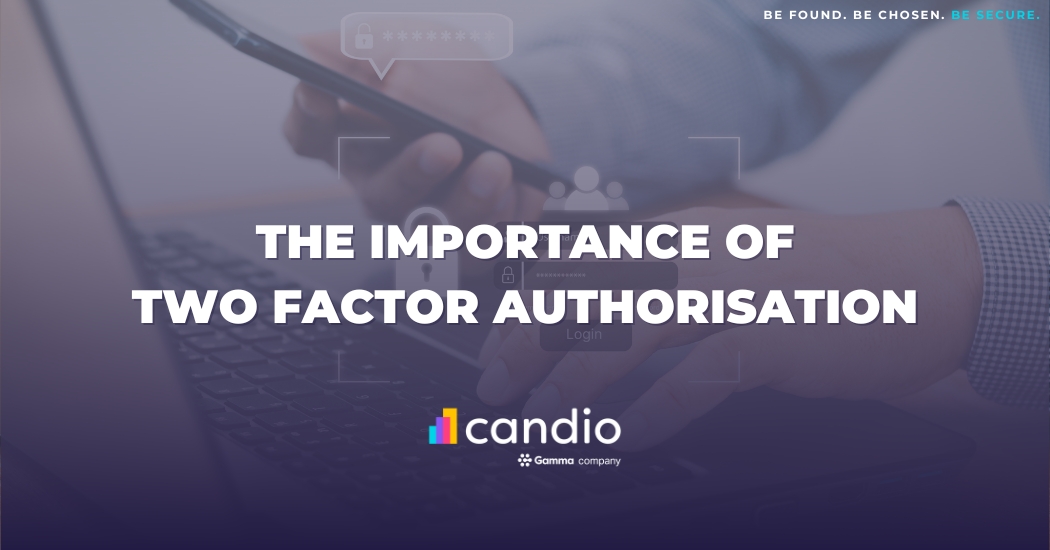In today’s hyper-connected world, where nearly every aspect of our lives is conducted online, security has never been more crucial.
We shop, bank, communicate, and work digitally, often storing sensitive information on various platforms. But with convenience comes risk—cyber threats are ever-present, and hackers are becoming more sophisticated.
This is where Two-Factor Authentication (2FA) steps in as a critical layer of protection, ensuring that your digital identity remains secure.
What Is Two-Factor Authentication?
Two-Factor Authentication, commonly abbreviated as 2FA, is a security process in which users provide two different authentication factors to verify their identity.
This extra layer of security is designed to ensure that you’re the only person who can access your account, even if someone else knows your password.
Typically, 2FA requires the following factors:
- Something You Know
- This is usually a password or a PIN.
- Something You Have
- This might be a smartphone, hardware token or a smart card.
- Something You Are
- This involves biometric verification, such as fingerprints or facial recognition.
By combining these factors, 2FA significantly reduces the likelihood of unauthorised access.
Why Passwords Alone Are Not Enough
Passwords have long been the primary of securing accounts. However, they have inherent weaknesses:
- Easily guessed: Many users choose simple or common passwords, making them easy targets.
- Reused Across Multiple Accounts: If a hacker gains access to one password, they may gain access to multiple accounts.
- Phishing Attacks: Hackers often trick users into revealing their passwords through deceptive emails or websites.
- Data Breaches: Even the most complex passwords can be compromised in a data breach.
Once a hacker has your password, they can easily access your account, especially if there’s no additional layer of security. This is where 2FA becomes a game-changer.
The Benefits of Two-Factor Authentication (2FA)
- Enhanced Security
- The most obvious benefit of 2FA is the added security it provides. Even if a hacker manages to obtain your password, they would still need the second factor to access your account. This drastically reduces the chances of unauthorised access.
- Protecting Against Phishing
- 2FA can protect against phishing attacks, where users are tricked into providing their login credentials. Even if you accidentally give away your password, the hacker won’t have access to your second factor, thwarting the attack.
- Peace of Mind
- Knowing that your accounts are protected by 2FA gives you peace of mind. You can confidently conduct your online activities without constantly worrying about the security of your information.
- Adaptability
- 2FA is versatile and can be implemented across various platforms – email, social media, banking and work-related applications. This adaptability makes it a vital security tool in the digital age.
- Compliance
- Many organisations and industries require 2FA to comply with regulations and security standards. Implementing 2FA not only protects your data but also ensures that you meet these requirements.
Implementing Two-Factor Authentication
Setting up 2FA is generally straightforward and varies slightly depending on the service. Most platforms guide users through the process, which typically involves:
- Enabling 2FA
- Go to your account settings on the platform you want to secure and look for the security or privacy settings. There, you’ll find an option to enable 2FA.
- Choosing A Second Factor
- Depending on the platform, you may be asked to choose between different second factors, such as receiving a text message code, using an authenticator app, or biometric verification.
- Verification
- Once you’ve set up your second factor, you’ll be asked to verify it. For example, if you’ve chosen SMS verification, you’ll receive a code on your phone that you’ll need to enter.
- Backup Options
- Many services allow you to set up backup methods or provide recovery codes in case you lose access to your primary second factor. It’s important to store these safely.
Conclusion
In a world where cyber threats are constantly evolving, protecting your online accounts with Two-Factor Authentication is no longer optional—it’s essential. 2FA provides an additional barrier that makes it significantly harder for attackers to compromise your accounts.
Whether you’re securing your email, social media, financial accounts, or work-related platforms, implementing 2FA is a simple yet powerful way to safeguard your digital life.
Don’t wait until it’s too late—enable Two-Factor Authentication today and take control of your online security.
